Entry Category: Education - Starting with S
Southeast Arkansas College (SEARK)
Southern Arkansas University (SAU)
Southern Arkansas University Tech (SAU Tech)
 Southern Arkansas University Tech Sign
Southern Arkansas University Tech Sign
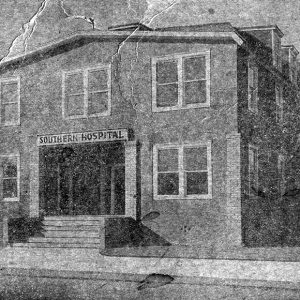 Southern Hospital
Southern Hospital
Southland College
 J. L. Spence
J. L. Spence
Springdale College
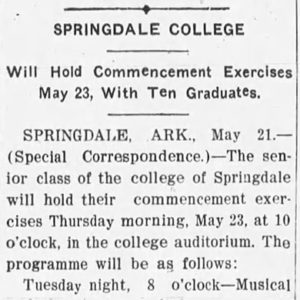 Springdale Commencement
Springdale Commencement
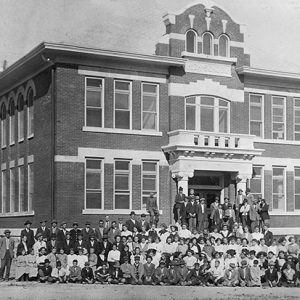 Springdale High School
Springdale High School
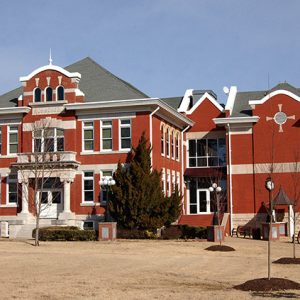 Springdale Public School District Administration Building
Springdale Public School District Administration Building
Springfield Male and Female Collegiate Institute
aka: Springfield College
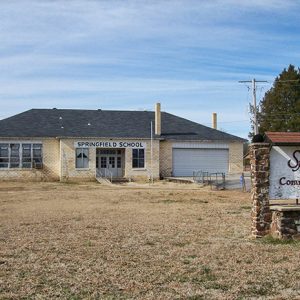 Springfield School
Springfield School
St. Andrew’s College
St. John’s Seminary
St. Johns’ College
 St. Mary's Convent
St. Mary's Convent
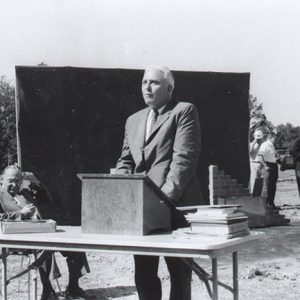 Carey V. Stabler
Carey V. Stabler
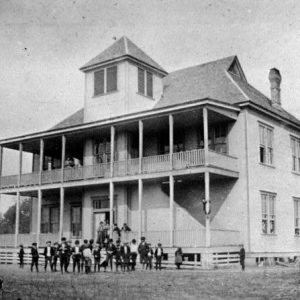 Stamps High School
Stamps High School
Stephens, Charlotte Andrews (Lottie)
Stobaugh, Robert Blair
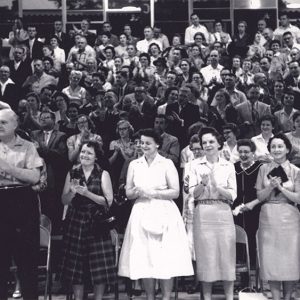 STOP Rally
STOP Rally
Stop This Outrageous Purge (STOP)
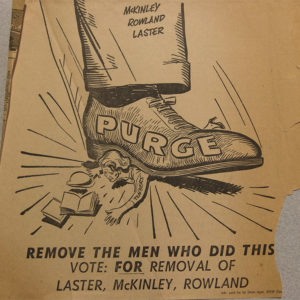 STOP Ad
STOP Ad
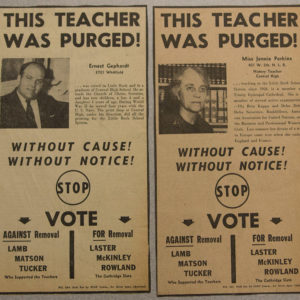 STOP Ads
STOP Ads
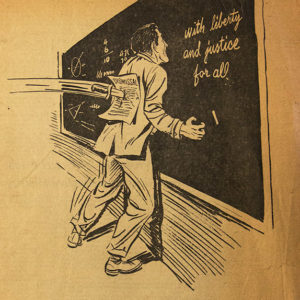 STOP Ad
STOP Ad
Strong, Anna
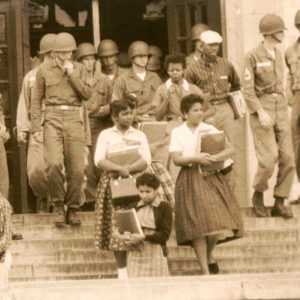 Students and Soldiers
Students and Soldiers
Stuttgart Training School
aka: Stuttgart College
aka: Stuttgart Normal School
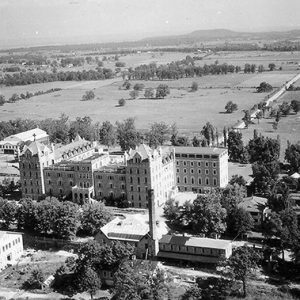 Subiaco Abbey and Academy
Subiaco Abbey and Academy
Subiaco Abbey and Academy
 Subiaco Abbey Courtyard
Subiaco Abbey Courtyard
 B. Alan Sugg
B. Alan Sugg
Sugg, Barney Alan
Sulphur Rock Male and Female Academy
Sumner, Francis Cecil
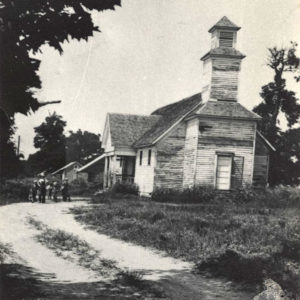 Surrounded Hill School
Surrounded Hill School




